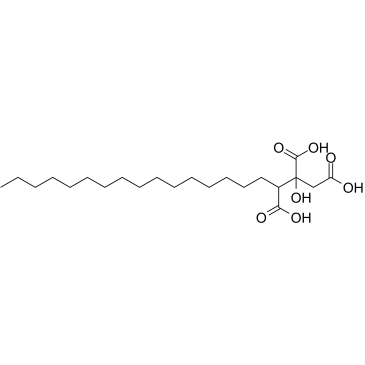| Structure | Name/CAS No. | Articles |
|---|---|---|
 |
6-Keto cholestanol
CAS:1175-06-0 |
|
 |
agaric acid
CAS:666-99-9 |